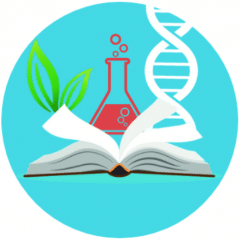| What effect does diffusion have on the concentration of substances on either side of a membrane? |
| In which direction does diffusion take place? |
| The dispersal of ink in a beaker of water is an example of what process? |
| By what process do sugar molecules enter a cell? |
| In which direction do channels using facilitated diffusion work? |
| Does facilitated diffusion occur against or with a concentration gradient? |
| Besides energy, what else is needed for facilitated diffusion to occur? |
| What happens to the shape of carrier proteins in facilitated diffusion? |
| Electrical or chemical signals may control the movement of _________ across cell membranes. |
| Which of these processes requires energy to occur — chemiosmosis, active transport, or a sodium-potassium pump? |
| Does diffusion require energy? |
| A potassium ion would enter a cell by what process? |
| What is osmosis? |
| Sugar dissolving in water is an example of what process? |
| Ridding a cell of waste by discharging it in sacs from the cell surface is known as ______. |
| __________ is used to remove materials from a cell that are too large to pass through the cell membrane. |
| Large molecules that can’t pass through the cell membrane enter a cell by a process called ________. |
| What is turgor pressure? |
| What is plasmolysis? |
| Explain solute concentration and water movement for cells in hypotonic solutions solution. |
| Explain solute concentration and water movement for cells in hypertonic solutions solution. |
| If solute concentration is lower outside a cell than inside a cell, where is their the greatest concentration of water? Which direction will water move? |
